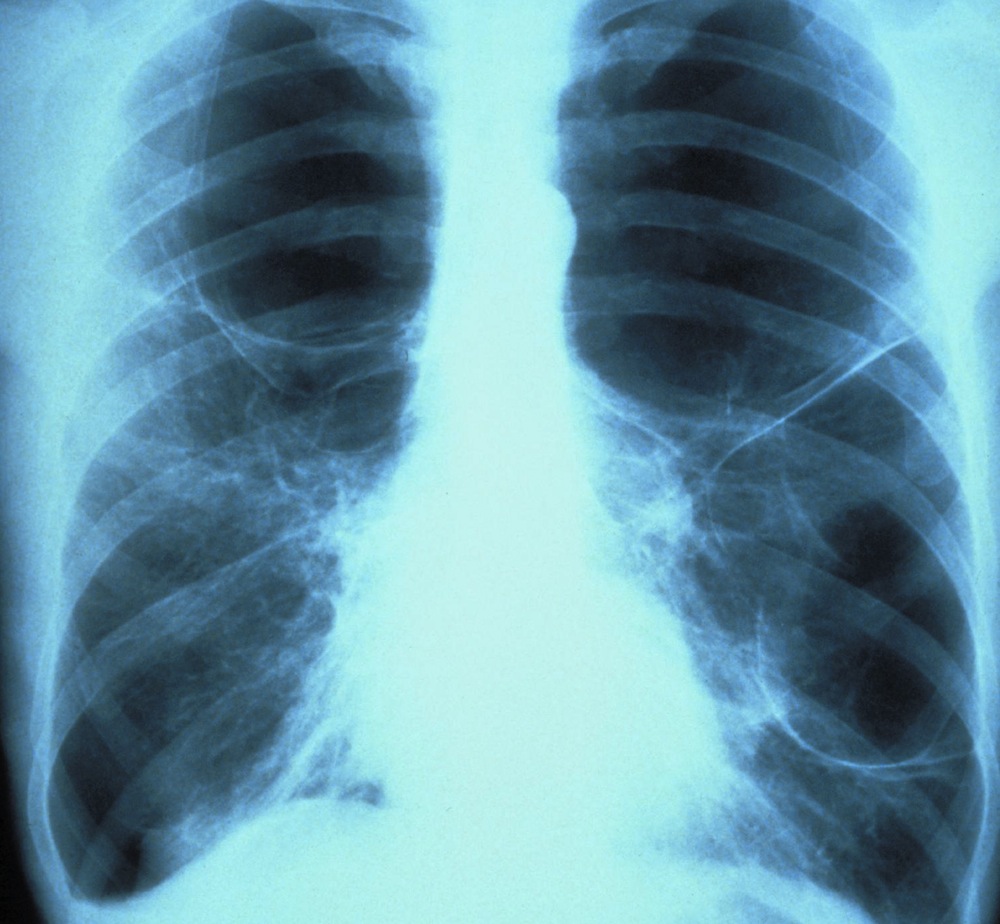US Cancer Death Rates Fall, Saving 1.5 Million Lives

The death rates from most cancers have dropped across the United States, sparing the lives of 1.5 million Americans over two decades, a new report found.
There was a 22 percent decline in the average rate of all cancer deaths from 1991 (the year it peaked) to 2011, according to the annual report from the American Cancer Society.
But the declines were not distributed evenly across the country. Between 2007 and 2011, the average annual cancer death rate dropped slightly more for men (1.8 percent) than women (1.4 percent). States in the south showed the smallest decline in cancer deaths, while states in Northeast led the nation with the steepest declines. Black men and women were more likely to die from cancer than any racial or ethnic group, the report found. [10 Do's and Don'ts to Reduce Your Risk of Cancer]
The report projects that in the United States in 2015, there will be about 1.65 million new cases of cancer diagnosed, and nearly 590,000 people will die of the disease, which translates to about 1,600 deaths per day. (The estimates for 2014 were about 1.66 million new cancer cases, and 586,000 cancer deaths.)
The report, which will be available online next week in CA: A Cancer Journal for Clinicians, is based on data from the National Cancer Institute and the Centers for Disease Control and Prevention.
Cancer death rates hit a peak in 1991, largely driven by tobacco-related lung cancer in men, according to the report. Now, fewer Americans smoke, and doctors have improved their methods to prevent and treat cancer. Among men, lung cancer death rates fell 36 percent between 1990 and 2011; among women, lung cancer death rates sank 11 percent between 2002 and 2011. In 2015, lung cancer will account for 27 percent of all cancer deaths, the report predicts.
Death rates also dropped for three other top killers: breast, prostate and colon cancer. Breast cancer death rates, for example, were down 35 percent in 2011 since peaking in 1989. Still, the report anticipates that breast cancer alone will account for 29 percent of all cancers diagnoses among American women in the coming year.
Sign up for the Live Science daily newsletter now
Get the world’s most fascinating discoveries delivered straight to your inbox.
The report highlighted some important disparities in cancer rates. The smallest declines in cancer deaths generally occurred in the South, where most declines were about 15 percent. Meanwhile, Northeast states — such as Maryland, New Jersey, Massachusetts, New York and Delaware — saw declines of up to 30 percent, according to the report. Lung cancer death rates had the most variation across the country, with rates in Kentucky three times higher than those in Utah.
Social inequalities, higher rates of poverty and a lack of health insurance coverage can increase the cancer burden for some minority groups in the United States, the report explained. The death rate for cancer among black adults, for example, is 29 percent higher in men and 14 percent higher in women compared with the same rates in white men and women.
Follow Megan Gannon on Twitter. Follow us @livescience, Facebook & Google+. Original article on Live Science.










